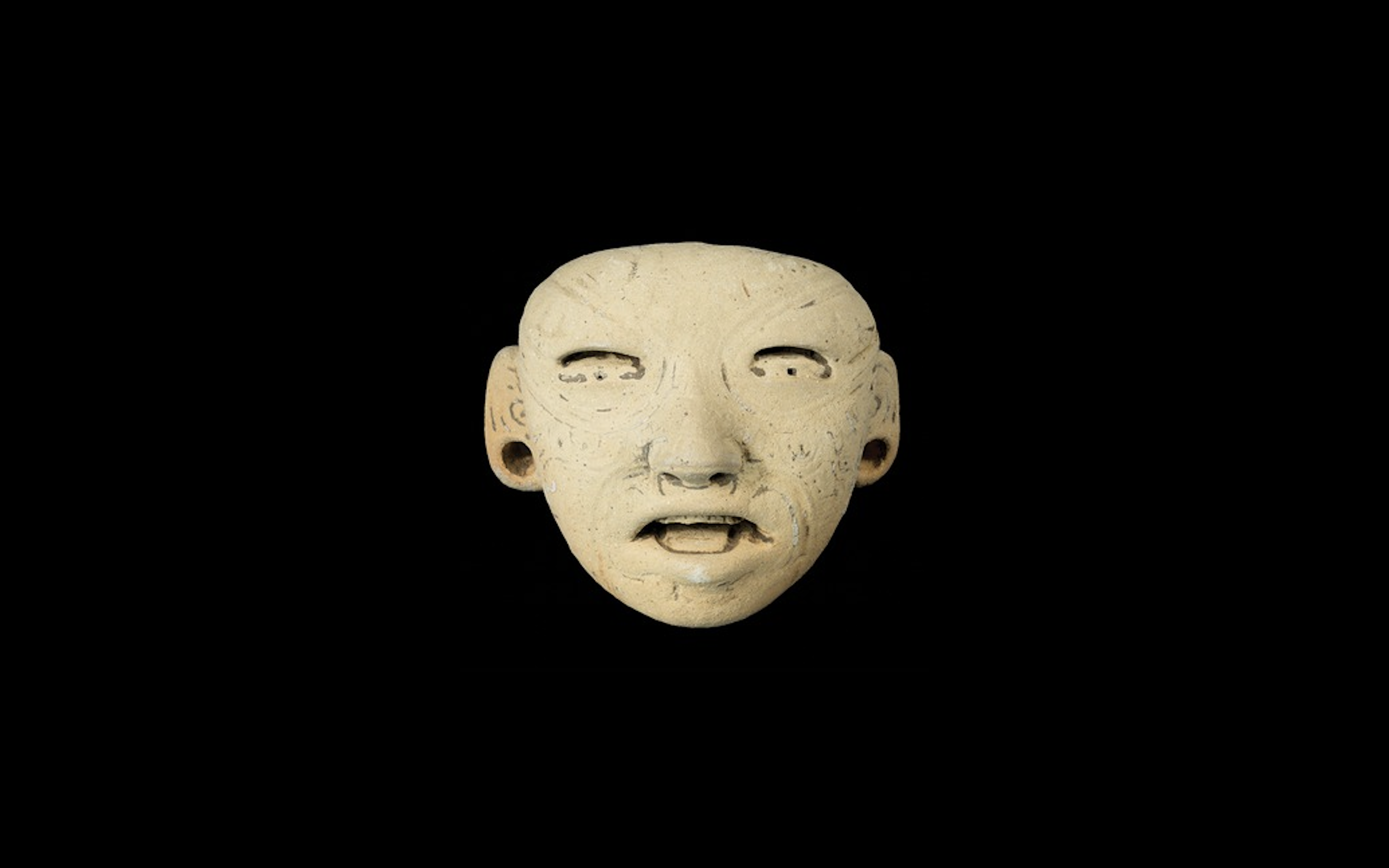2,400-Year-Old Puppets That Look Hauntingly Alive
Their dramatic facial expressions add depth to the stories they likely once told.
By Tim Newcom
Published: Mar 19, 2025 9:00 AM EDT

J. Przedwojewska-Szymańska/PASI
Archaeologists in El Salvador found a collection of clay puppets from the pre-Columbian El Salvador that they dated to around 400 B.C.
The level of realism, both in the facial features and movement, on the crafted puppets is remarkable considering the age of the figurines.
Holes in the necks of the puppets likely allowed strings to control their movements.
When archaeologists excavated the top of the largest pyramid at San Isidro, El Salvador, they found something one would expect to find in a child’s bedroom: a collection of five clay figurines. Details on the doll-like figures, including holes in the necks to allow for movement of the figurines’ heads, prompted further studying to conclude that they were tools for ritual puppetry.
A bit creepy, sure. Creepier yet, the figures had distinct facial expressions that appear to shift as you move. “One of the most striking features of the puppets is their dramatic facial expression, which changes depending on the angle that we look at them from,” Jan Szymanski, archeologist from the University of Warsaw, said in a statement, noting that each figurine had an open mouth and some had visible tongues. “Seen from above they appear almost grinning, but when looked at from the level angle they turn angry or disdainful, to become scared when seen from below. This is a conscious design perhaps meant to enhance the gamut of ritual performances the puppets could have been used in.”
In a study published by the journal Antiquity, the authors wrote that “beyond the aesthetic, figurines transmit deeper meanings that were readily decodable by their intended audience and may still offer sociocultural insights despite the loss of this coding through time.”
More:
https://www.popularmechanics.com/science/archaeology/a64221285/ancient-puppets/
